Loudspeakers that are Out of This World!
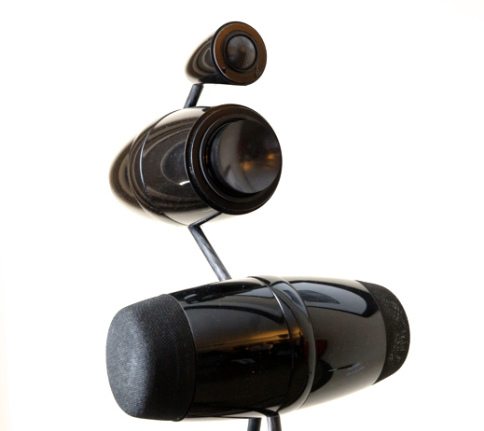
Without a doubt, one’s first encounter with LEEDH speakers is rather disconcerting, or even disturbing. You are face to face with an object whose aesthetics are unlike any you have ever seen in the world of acoustics. Carbon fiber stalks rise up from the base; they bear slightly tapered black cylinders. However, these unidentified acoustic objects hide within them decidedly novel sound reproduction technology.
These unique speakers are the product of long years of research carried out by LEEDH, a company that, despite its English-sounding name, is very much French. LEEDH stands for “Laboratoire d’Etudes Et Développements Holophoniques,” or “Holophonic Laboratory of Research and Development” in English. It is an adventure that began in 1976 and whose goal was to sell products that were the direct fruit of the company’s research. At the heart of the company’s work is the passion of a single man: Gilles Milot. Milot is passionate about music and sound reproduction, but he is first and foremost a scientist and researcher. After completing a graduate degree in electromagnetism, he got involved in research projects that led to collaborations with the CNRS in the 1970s. Later, in the 1980s, he successfully coupled passion and experience when designing his first products. This engineer is also a consummate entrepreneur: notably, he was the co-founder of Micromega and then head of research for Audax, the renowned French speaker manufacturer.
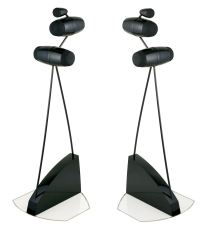
His work subsequently led him to design a whole new generation of products. First, though, he wanted to run a complete diagnostic evaluation of traditional speakers. He noticed that there were several issues with distortion that were attributable to two factors. First, the presence of ferromagnetic materials in the loudspeakers was enhancing distortion; for example, by itself, the occurrence of iron in the loudspeaker could increase levels of distortion 10 to 100-fold. Second, the traditional system of membrane suspension was causing problems. He therefore decided to start with a blank slate and entirely rethink loudspeaker architecture to deal with these distortion issues.
As a result, Milot came up with two major, groundbreaking innovations that he incorporated into the latest generation of LEEDH products: the ironless motor and the ferrofluid-sealed suspension system. To create the ironless motor, Milot used software that allowed him to run magnetic field simulations. He was thus able to come up with a system that limited the breadth of the magnetic field using neodymium magnets; this system was granted an international patent in 2005. The only real problem with these magnets is their cost. They are also found in the engines of electric and hybrid cars. For instance, the engine of a Toyota Prius uses 1 kilogram of neodymium magnets. In contrast, each LEEDH E speaker contains almost 5 kilograms! To create the ferrofluid-sealed suspension system, Milot replaced the speaker cone by a piston that slides through a ring lubricated with ferrofluid. It is a bit like, in a car engine, a piston sliding in a cylinder lubricated by motor oil. Milot comments, “We recognize that the cost of the neodymium magnets makes our products pricey. However, this technology is extremely effective. For example, distortion levels in the medium are divided by 15 as compared to those in traditional loudspeakers.”
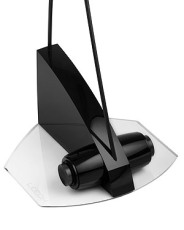
Because each loudspeaker is only 300 cm3 in size (a third of a liter), cabinets are no longer needed. LEEDH C and E speakers are made up of five tiny loudspeakers (whose diaphragms are 54 mm in diameter). Four are paired up to form two “cylinders” found at the base and midway up the stalks, and the fifth is perched at the top, alone and facing forward. “By working with small loudspeakers, we were able to play around with the directivity. I therefore put on my acoustical engineer’s hat to figure out how to obtain the most omnidirectional sound possible. At the end of the day, our speakers are very easy to install, which is one of the aims we have for our products. We want to offer very high-end products that are extremely user friendly. This includes their aesthetics. I have a couple of clients whose spouses weren’t sad to see their large horn speakers be replaced by LEEDH speakers,” remarks Milot.
In the end, Milot’s innovative work has resulted in three international patents and numerous awards. For its design work, LEEDH was awarded the prestigious Janus Prize for Industry in 2011. LEEDH products have had a fair amount of success; around 100 pairs of speakers have been sold in a little over two years. However, LEEDH also has a competitive edge: it can augment its revenues by licensing its proprietary technology to big name speaker brands and the automobile industry; this money can then be used to help fund its research.

Audition
This week, I spent two hours auditioning a pair of LEEDH E2s in conditions similar to those found in the average home. Here are my impressions. The first thing that struck me was, of course, the complete lack of directivity that these speakers are known for. The E2s immerse you in a very realistic soundscape; you can immediately feel the music’s beating heart, unfettered by any of the acoustic restraints that so commonly characterize a large number of speakers, including high-end models. I savored the exquisitely rich harmonic banquet. The bass performed extremely well: it struck just the right notes, without tending to excess. The timbre was well defined, finely detailed. Ultimately, these speakers are, without question, vivacious and lively servants to the music. They also exhibit an even more uncommon quality: they are self-effacing. They place themselves in the background as they lead the listener through immense audio landscapes. So many skills…music lovers can now dream the impossible dream: reinventing their own relationship to the music.
Other components used in the audition: Creek vinyl record player – Micromega CD player – Revar bi-amplification system
Albums played: Ray Brown trio “live form New York to Tokyo”, Eric Clapton ‘Unplugged”, J.S. Bach”Brandenburgishe Kinzerez 4-5-6″ , Renaud Garcia Fons “Oriental Bass”, Claire Chevallier “Erik Satie” .
Price: € 16,000 for a pair of LEEDH E2 speakers
This article originally appeared in Michel Aublanc’s The State of Sound in France (link below)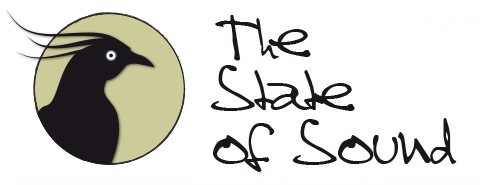
Stereo Times Masthead
Publisher/Founder
Clement Perry
Editor
Dave Thomas
Senior Editors
Frank Alles, Mike Girardi, Russell Lichter, Terry London, Moreno Mitchell, Paul Szabady, Bill Wells, Mike Wright, and Stephen Yan,
Current Contributors
David Abramson, Tim Barrall, Dave Allison, Ron Cook, Lewis Dardick, John Hoffman, Dan Secula, Don Shaulis, Greg Simmons, Eric Teh, Greg Voth, Richard Willie, Ed Van Winkle, Rob Dockery, Richard Doron, and Daveed Turek
Site Management Clement Perry
Ad Designer: Martin Perry




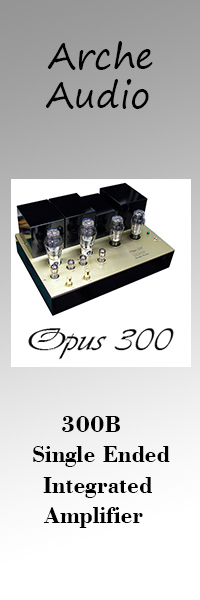
Be the first to comment on: Loudspeakers that are Out of This World!